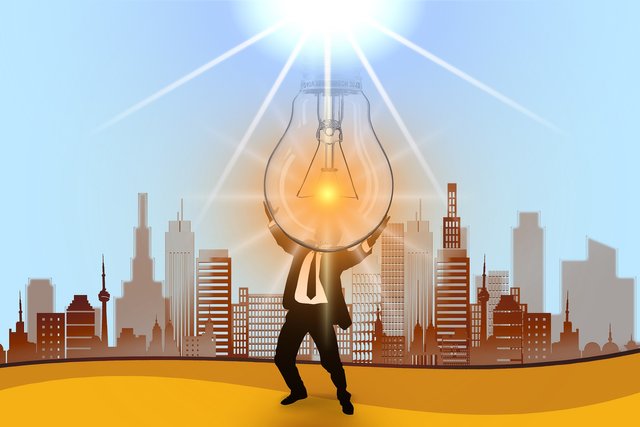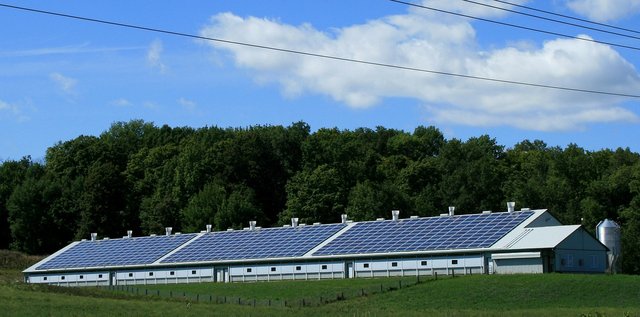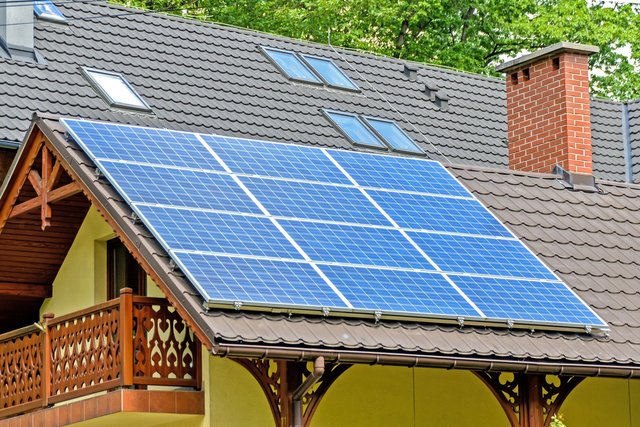Blockchain is changing the development of the energy
If you've been following banks or investing in cryptocurrencies for the last 10 years, you're sure to know the term "blockchain" the record-storing technology behind the Bitcoin network.
P2P Energy Business
In the past, energy supply was mainly produced and distributed by governments, companies, or corporations. The energy model will go from the manufacturer to the distributor and then to the consumer.
Today, as the energy market grows and expands with renewable energy power such as wind, solar, tidal, thermal energy. The energy supply is no longer mainly by governments or large organizations. Consumers can produce energy for their own needs. We can see very clearly through the use of solar energy. Consumers can produce enough energy for daily needs, which led to the demand for an energy trading market called P2P that was established to solve the problem of excessing energy between consumers.

Source: https://pixabay.com/illustrations/person-pear-light-bulb-sun-3065254/
We can propose some ideas about decentralized energy trading on the blockchain network. A decentralized platform that will be established based on blockchains is smart contracts. Contracts are set up to run a part or all of the work without human interaction.
I came to Vietnam, a country in Southeast Asia that is thriving in solar power. According to statistics, the solar system in this area is quite stable, an average of 150kcal/m2. Leading to the need to install solar panels for homes, technology, machinery, and so on continuously increased in 2021. Many people produce energy that provides for daily needs and they also need to resell excess energy. But the problem they face is the lack of a P2P local trading market to help them trade energy transparently and efficiently.

Source: https://pixabay.com/photos/solar-power-sun-barn-power-energy-71705/
The idea is that the end-user participates in a decentralized energy application. The app uses cryptocurrency as a measurement tool. Each cryptocurrency unit represents 1 KW of electricity produced and stored in batteries or accumulators. When someone wants to sell 1 KW of excess electricity to other people, he just needs to access the application, setting the price for 1 KW as a notification code. After the buyer sends a cryptocurrency unit, the transaction is authentic, the contract is enforced and he will receive 1 KW of electricity.
In this energy transaction, blockchains play the role of transaction authentication, avoiding fraud, and at the same time, they also record transparent data to provide data on energy consumption to many parties including energy analysis companies in the world. Based on the protocol of smart copper can eliminate intermediary, reduce transaction costs while ensuring the transparency of transactions.

Source: https://pixabay.com/photos/solar-roof-solar-energy-2666770/
In this way, the decentralized energy application allows end-users to be able to enter the P2P energy market without affecting the national electricity network. The P2P energy market provides solutions to optimize local energy systems. Thereby it will be easing the pressure on the national electricity network.
In addition to providing P2P-based energy to local communities, decentralized energy applications can also provide producers with power shortages, thereby reducing costs to end-consumers.
Hopefully, this post helps you have an overview of the use of blockchain in the development of energy. Thanks for taking the time to read this post.